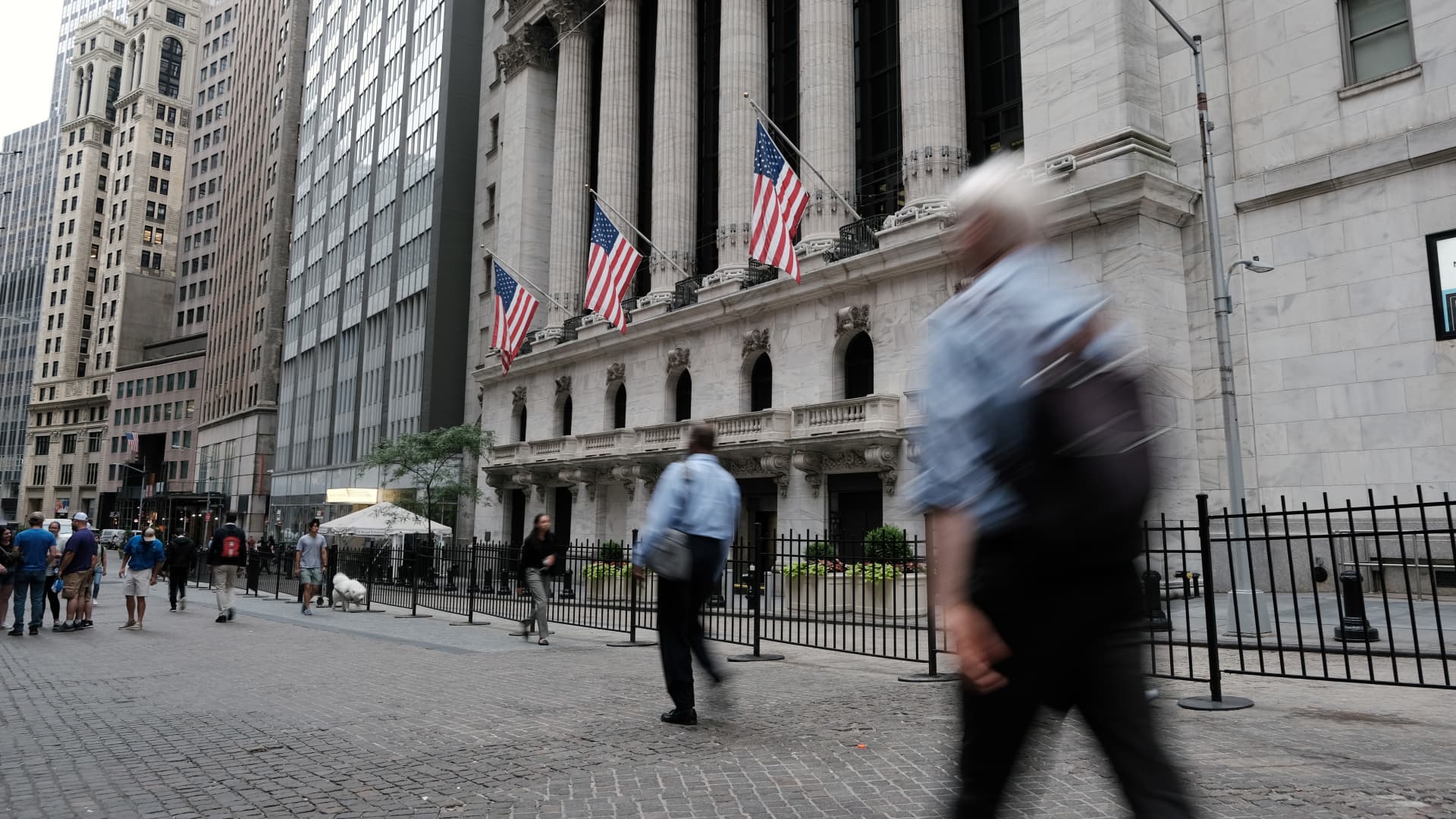Products You May Like
The S&P 500 may be trading around 2022 lows, but a new report finds active managers are having their best year since 2009. The numbers suggest they still have a long way to go, though.
S&P Global recently published its Mid-Year 2022 SPIVA U.S. Scorecard, which measures how well U.S. actively managed funds perform against certain benchmarks. The study found that 51% of large-cap domestic equity funds performed worse than the S&P 500 in the first half of 2022, on track for its best rate in 13 years — down from an 85% underperformance rate last year.
This is partially due to the declining market, said Anu Ganti, senior director of index investment strategy at S&P Dow Jones Indices. Ganti told CNBC’s Bob Pisani on “ETF Edge” this week that losses across stocks and fixed income, as well as rising risks and inflation, have made active management skills more valuable this year.
Despite the promising numbers, long-term underperformance remains, as Pisani noted, “abysmal.” After five years, the percentage of large caps underperforming benchmarks is 84%, and this grows to 90% and 95% after 10 and 20 years respectively.
The first half of the year was also disappointing for growth managers, as 79%, 84% and 89% of large-, small- and mid-cap growth categories, respectively, underperformed.
Underperformance rates
Ganti said underperformance rates remain high because active managers historically have had higher costs than passive managers. Because stocks are not normally distributed, active portfolios are often hindered by the dominant winners in equity markets.
Additionally, managers compete against each other, which makes it much harder to generate alpha — in the 1960s, active managers had an information edge since the market was dominated by retail investors, but today, active managers primarily compete against professional managers. Other factors include the sheer frequency of trades and the unpredictability of the future.
“When we talk about fees, that can work against performance, but it sure helps by putting feet on the ground and putting up a bunch of ads all over the place where you may not see that as much in ETFs,” said Tom Lydon, vice chairman of VettaFi.
Lydon added that there are not enough ETFs in 401(k) plans, which is where a lot of active managers are — 75 cents of every dollar going into Fidelity funds goes in via 401(k) plans. The 401(k) business is dominated by people who make money from large trades, in contrast to low-cost ETFs that don’t make much. With $400 billion in new assets coming into ETFs this year and $120 billion coming out of mutual funds, it may take a long time until those lines cross.
“We’re going to have one of those years where equity markets may be down, fixed income markets may be down, and active managers may have to go into low cost basis stock to sell them to meet redemptions, which is going to create year-end capital gains distributions,” Lydon said. “You don’t want, in a year where you’ve been the one to hang out, to get a year-end present that’s unexpected and unwanted.”
‘Survivorship bias’
Another component of the study is the “survivorship bias,” in which losing funds that are merged or liquidated don’t show up in indexes, and thus the rate of survivorship is skewed. The study accounted for the entire opportunity set, including these failed funds, to account for this bias.
Thus, Lydon said, amid periods of market pullback, investors should adopt a longer-term outlook and try not to be a “stock jockey,” since the best manager today may not be the best in the long run.
